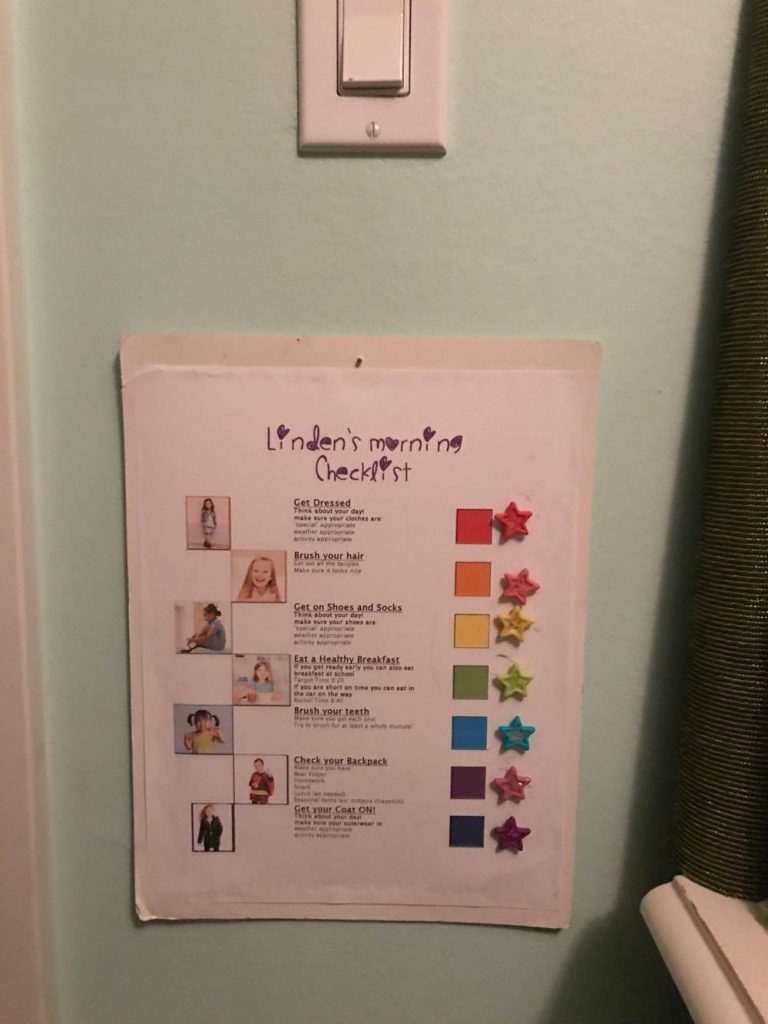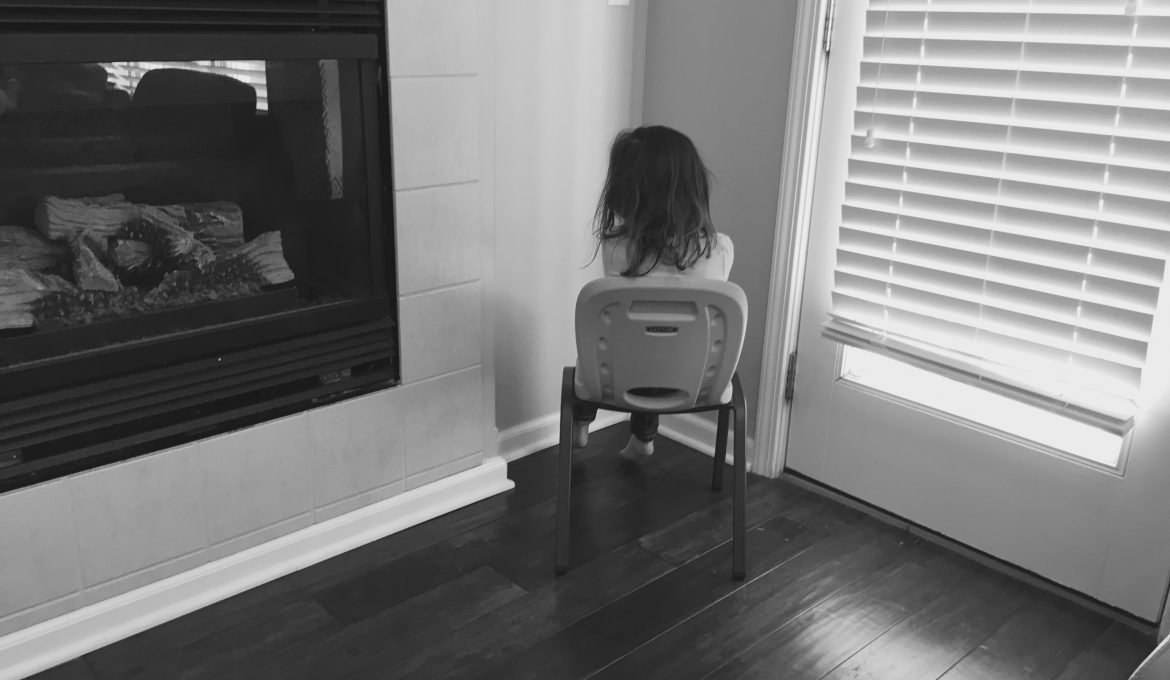So if you read in my last post about “Engaging Cooperation” and tried some of the techniques, you probably found that some worked and others didn’t. Though, if your child persistently didn’t do what was asked, what do you resort to? Punishment.
There are basically 3 common ways for parents to punish their kids. Perhaps you do one, two or all of them.
A.) Spank them
B.) Give them a time out
C.) Take away a privilege, toy, opportunity. etc.
So why do we punish kids? Namely, because we don’t want them to get away with “murder”, they won’t learn that what they did was wrong, or perhaps most disheartening, parents don’t know what else there is to do.
Let’s take another walk down memory lane.
When you were punished, what were your feelings or reactions? According to some of the book examples:
- “I used to hate my mother, but then I’d feel so guilty.”
- “My father’s right. I am bad. I deserved to be punished”
- “I used to fantasize that I’d get hurt or very sick and they would feel sorry for what they did to me”
- “I remember thinking, they’re so mean. I’ll fix them. I’ll do it again, only this time I won’t get caught…”
Could you relate to any of these responses if punishment was used on you? The whole point the book is trying to make that punishment leads to feelings of hatred, revenge, defiance, guilt, unworthiness, and self-pity.
Then what can be done instead? And at what point is it ok to punish a child who ignores or defies you? There is a very distinct difference between consequences and punishment. Here’s an excerpt from the book that’s too important to miss.
The problem with punishment was that it didn’t work, that is was a distraction, that instead of the child feeling sorry for what he has done and thinking about how he can make amends, he becomes preoccupied with revenge fantasies. In other words, by punishing a child we actually deprive him of the very important inner process of facing his own misbehavior.
Ok that makes a lot of sense, but then it begs the question, what do we do instead of punishment??
Alternatives For Punishment
The point of an alternative to punishment is not to for them to “get away” with the crime, but to respond in a way that is mutually respectful and provides a learning opportunity for them as they grow into adults. Here are the alternatives as stated in the book:
- Point Out a Way To Be Helpful– Let’s say your child is being crazy at the grocery store and pulling things off the shelves instead of “Stop that right now otherwise I’ll spank you when we get to the car” or something along those lines, respond with “It would be more helpful if you helped me pick out three apples”
- Express Strong Disapproval (Without Attacking Character)- Using the same example, you can say “I don’t like what’s going on. It’s frustrating to me to have to pick up items I didn’t knock down!”. If you were to say the same thing and attack character it might sound like “Stop knocking things off the shelves, you’re acting like an animal!” See the difference?
- State your Expectations- “I expect you to only pull out the items that we need!”
- Show the Child How to Make Amends- “Picking up the items on the floor would fix the problem.”
- Offer a Choice- Using the same example, you can say “You can grab only the things that we need or you can sit in the cart while we shop.” I know sometimes kids like to make up an Option C that is neither of those choices (and sometimes it’s continuing the bad behavior) so then you have to resort by…
- Take Action- By reason of default, the child didn’t only grab the items you asked (and is still pulling things off the shelf) then you can respond with “I see you decided to sit in the cart” and then you pick up the child and put them in the cart.
I know what you may be thinking. This seems too Pleasantville-y to be real or “you don’t know my kid”. To be fair, it is. The same way that their behavior didn’t develop overnight, it won’t change overnight too. I would encourage you, instead, to pick one of those methods to try. It was easiest for me to Express Strong Disapproval without Attacking Character. My favorite line?
I don’t like being interrupted when I’m talking to Dad!
Can I get an Amen?
Persistent or Recurring Problems
Does your child do something often that drives you crazy and you’ve tried all the methods above as well as the traditional ones that most of us were raised in and it still didn’t work? Some examples:
- Always being late in getting ready for school in morning
- Not turning in homework
- Unwillingness to do an expected chore
The book talks about a “Problem Solving Method” which invites dialogue between us and our children to solve an issue. Oftentimes, we as parents immediately look at a problem and dump a hard and fast solution on the child which we expect them to follow. For instance, we could say “Do your homework right after school every day and then you won’t worry about turning it in late.” The problem with this is there is no consideration and input from the child. Let’s look at the steps to problem-solving.
- Talk About the Child’s Feelings or Needs– “I can see that homework is not something you enjoy doing.”
- Talk About Your Feelings or Needs– “I’m concerned that if the assignments aren’t turned in, the teacher will call me again.”
- Brainstorm to Find a Mutually Agreeable Solution– “Let’s put our heads together and see if we can figure out a solution that works for both of us.”
- Write Down All Ideas Without Evaluating– This part is especially important to consider all ideas (even if you immediately disagree). Writing it down isn’t necessary, but it does give dignity to your child’s idea to see you write it down on paper.
- Review List and Figure Out What Works– Go through each item and began to cross things off that don’t mutually work for all parties. Hopefully, by the end you might have at least one option that works for both of you. (repeat Step 4 if not)
- Decide on a Follow Through Plan and Who is Responsible For What– “So it looks like you’re usually starving by the time you get home and therefore if you can get a snack first, you’ll feel better and energized to do your homework.”
Yes, this method requires more time than any alternative, but it works. The child is invested in the process and became a willing participant in coming up with a solution. Here’s an excerpt that clearly explains why this is effective:
Doesn’t sound too hard, does it? But it is. And the hardest part is not the learning of the separate steps. With a little study, that can be accomplished. The hardest part is the shift we have to make in attitude. We have to stop thinking of the child as a “problem” that needs correction. We have to give up the idea that because we’re adults we always have the right answer. We have to stop worrying that if we’re not “tough enough” the child will take advantage of us.
It requires a great act of faith to believe that if we take the time to sit down and share our real feelings with a young person, and listen to his feelings, together we’ll come up with solutions that will be right for both of us.
There is an important message built into this approach. It says, “When there is conflict between us, we no longer have to mobilize our forces against each other and worry about who will emerge victorious and who will go down in defeat. Instead, we can put our energy into searching for the kinds of solutions that respect both of our needs as individuals.” We are teaching our children that they needn’t be our victims or our enemies. We are giving them the tools that will enable them to be active participants in solving the problems that confront them- now, while they’re at home, and in the difficult, complex world that awaits them.
The need for spanking, timeouts, and taking away privileges quickly diminishes when you start putting these into practice. Trust me.
Real Life Examples from Our Book Group
“Linden, our 7-year-old, was persistently late to getting ready in the morning. We had tried everything up to this point to get her to be ready and at the door by the time we had to leave to no avail. Then after reading this chapter we sat her down and explained the problem at hand. We worked with her on a solution and now we have a chart of her morning responsibilities and for the most part, she had been ready every day since”

“My daughter is prone to accidents, whether it’s injuring herself, spilling something, knocking something over, etc. The other day she asked to get her milk and carry it over to the table by herself. I gave one “be careful” warning and nevertheless, she spilled her drink on the floor. Normally I would’ve said “See I told you to carry it with two hands!”, but this time I simply looked at her and said ‘It’s ok, just clean it up.’ I could tell she was relieved from my response and instead of feeling bad about herself, she felt good that she had the ability to amend the situation.”
This chapter, especially, is chock full of great examples that examine this topic from every angle so while my summary is “good”, I would highly recommend you read it for yourself.






Thank you for posting this…I was at my wits end last night with my 5 year old and I had saved your blog to come back to it when I had time. Last night I sat down and read all 4 chapter reviews and it was encouraging. So thank you for posting!
Erin, thank you for reading and letting me know! These type of comments are the reason I’ll keep summarizing 🙂